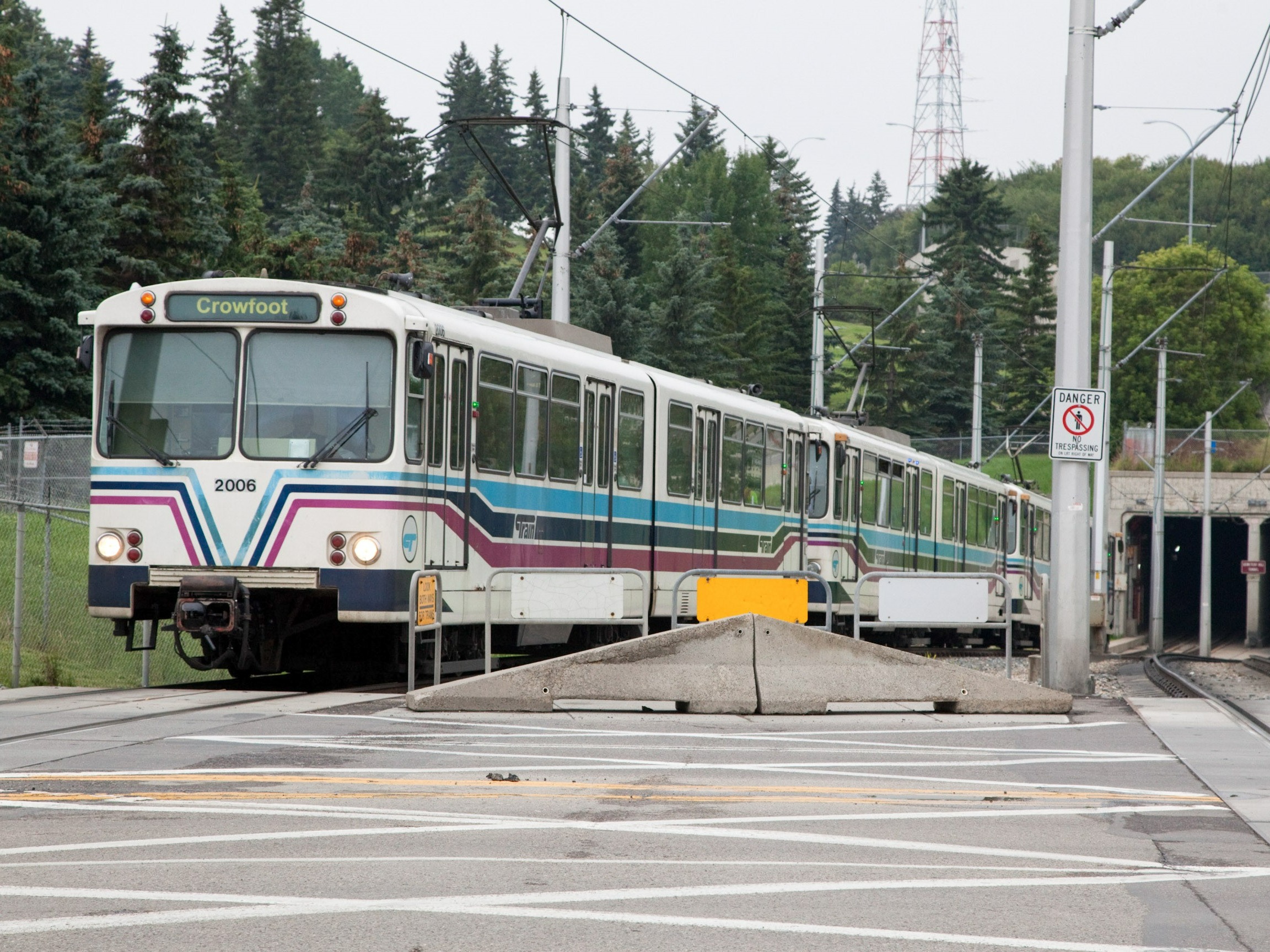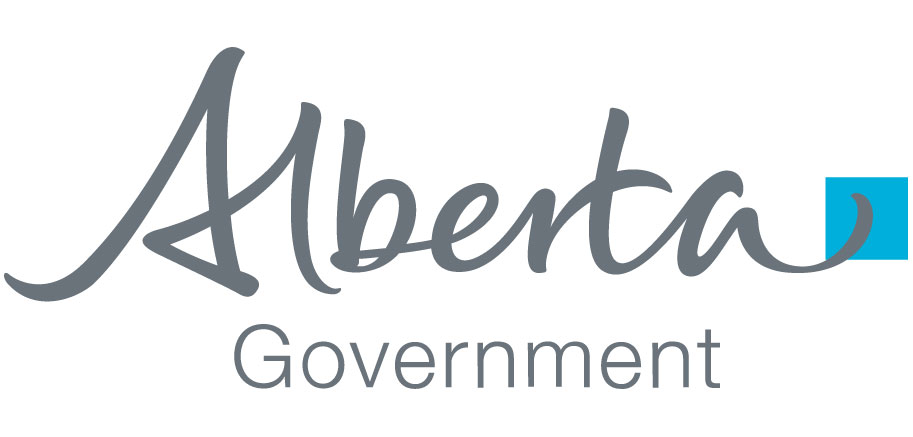Calgary's LRT history
A Siemens-Duewag U2 - Car 2006, Series 1 light rail vehicle.
The CTrain has transformed the landscape of our city and provided transportation to countless citizens and visitors since it opened in 1981. The train cars themselves, officially called Light Rail Vehicles or LRVs, have a fascinating history of their own.
Read on to learn about Calgary Transit’s unique fleet of LRVs, and how the introduction of the Green Line will mark an exciting new era for light rail transit in our city.
1970s
1970s
In May 1977, City Council gave the green light for Calgary to implement a Light Rail Transit (LRT) system, one of the first in North America. Three months later, Council approved the purchase of 27 Light Rail Vehicles from Siemens-Duewag in Germany. The price for the 27 vehicles was $21.8 million, or just under $434,000 per vehicle.
1980s
1980s
In January 1980 the first LRVs arrived in Calgary. The vehicles were shipped from Germany, through the Panama Canal to the port of Vancouver, then transported to Calgary via rail. They arrived at the newly built Anderson Garage and were assembled there.


After four years of construction, the CTrain officially opened on May 25, 1981. The first line, known as the south line, spanned 16 stations from Anderson to Downtown. The northeast line to Whitehorn opened in 1985, and two years later the northwest line to University opened in preparation for the 1988 Winter Olympics.


Between 1980 and 1986 a total of 85 Siemens-Duewag U2 vehicles were delivered to Calgary Transit, and are referred to as the Series 1, 2 and 3 vehicles. The last two U2 vehicles were delivered in 1989, known as the Series 4. These were the first LRVs in North America with AC propulsion technology. Today, one of those vehicles still exists as Scout, the CTrain line inspector. The other vehicle was decommissioned for parts to maintain Scout into the future.
These original LRVs comprised the entire fleet until July 2001 when the first cars of the newer Siemens SD-160 began arriving.


2000s
2000s
Between 2000 and 2006, Calgary Transit ordered 72 new Siemens SD-160 light rail vehicles. These are known as the Series 5, 6 and 7 vehicles, and are all virtually the same type of LRVs.
In 2007, Calgary Transit launched a new red and white design for the LRVs and buses. All LRVs that were ordered between 1980 and 2003 had the original blue and purple striped design. Calgary Transit decided to update the livery on their newer vehicles, so the Series 5, 6 and 7s were repainted with the red and white “wave” pattern seen today. The oldest vehicles, Series 1 through 4, have retained the original livery. Train enthusiasts and long-term residents of Calgary still enjoy seeing the old trains, which are now only used during rush hour or when demand for CTrain service is high.


2010s
2010s
In 2010 a new contract for 38 LRVs (Siemens SD-160s) was delivered and are referred to as the Series 8 cars. These vehicles were designed for Edmonton but adapted for Calgary, and they were the first LRVs that had onboard security cameras.
In November 2015, Calgary Transit launched four-car CTrain service, adding an additional 200 customers per train to alleviate overcrowding.


In 2016 Calgary Transit began receiving a new fleet of Siemens S200 vehicles. Calgarians were asked to help choose the design of the new CTrain cars by voting on three options: The Mask, The Bow or The Buffalo. The winner was The Mask, inspired by a hockey goalie mask.
The S200 vehicles feature heated floors, onboard digital displays, air conditioning and improved accessibility.


Also in 2016, Calgary Transit officially retired the very first LRV – car number 2001. It had been in service for 36 years and clocked more than 2.5 million kilometres.


2020s
2020s
In 2019, Green Line began the procurement process for a fleet of LRVs. In November 2021, following a robust and competitive procurement process, CAF (Construcciones y Auxiliar de Ferrocarriles) was awarded the contract to supply Green Line’s new fleet of 28 low floor LRVs. The Urbos 100 LRVs are expected to arrive in Calgary in 2027.
These LRVs have much lower floors than the existing fleet of high-floor vehicles (34 cm from the tracks, compared to 98 cm). Low-floor LRVs allow for lower platforms and simpler station designs that are easier to access. They also offer improved accessibility, enhanced vehicle and pedestrian safety, and the ability to integrate seamlessly into existing urban transportation networks.


| Model | Arrived in Calgary | Passengers per vehicle | Seats per vehicle | Length |
|---|---|---|---|---|
|
Siemens-Deuwag U2 (original vehicles) Series 1, 2, 3 and 4 |
1980 - 1989 |
157 |
60 |
24 metres |
|
Siemens SD-160 Series 5, 6, 7 Series 8 |
2001 - 2006 2010 |
153 164 |
60 52 |
25 metres |
|
Siemens S200 ("The Mask") Series 9 |
2016 - 2017 |
180 |
60 |
26 metres |
|
CAF Urbos 100 (Green Line LRV) |
2027 |
288 |
73 |
42 metres |



